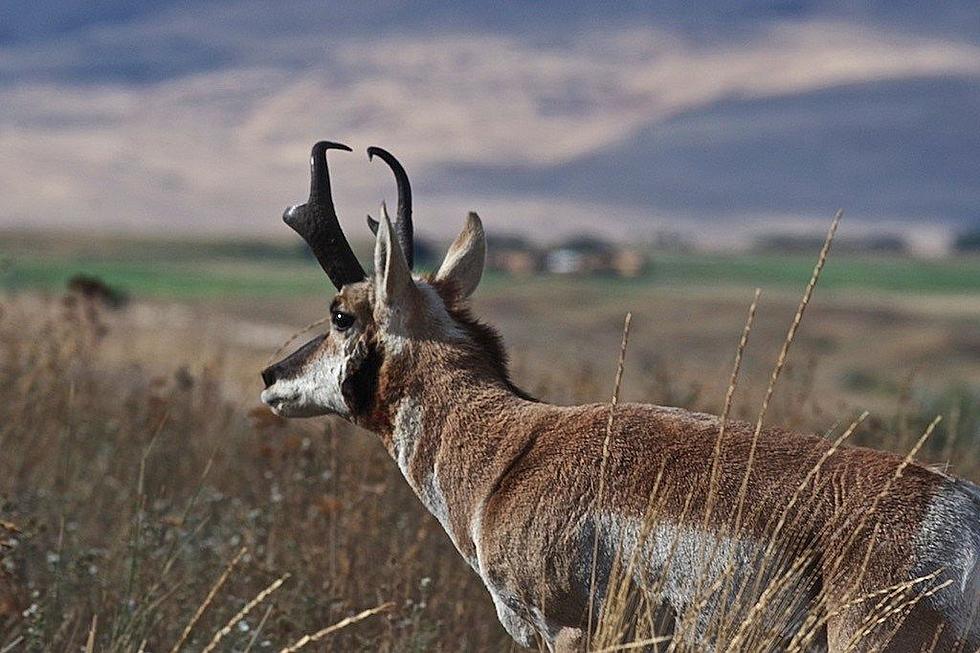
Legislators ask MDT for wildlife crossing priority locations
Laura Lundquist
(Missoula Current) Legislators are pushing the Montana Department of Transportation to identify where wildlife crossing structures are needed and explain why it isn’t prioritizing them.
Last week, members of the Legislative Environmental Quality Council were concerned to learn how little the Montana Department of Transportation has done, compared to other states, about installing road-crossing structures to reduce wildlife-vehicle collisions.
MDT chief operating officer Dwane Kailey said MDT had applied for and received only one federal grant in the first round of the Federal Highway Administration’s Wildlife Crossings Pilot Program, announced in December. MDT received $424,000 for a feasibility study to assess a possible wildlife crossing somewhere on Interstate 90 between Missoula and Garrison. The study should be completed in three to four years.
Another Montana grant didn’t go to the state but instead went to the Confederated Salish and Kootenai Tribes, who received $8.9 million to build additional crossing structures on U.S. Highway 93 North near the Ninepipe Wildlife Refuge.

Meanwhile, other states applied for and received far more money. Arizona and Wyoming each received $24 million for overpasses, underpasses and fencing. Colorado received $22 million for an overpass to span six lanes of Interstate 25 between Denver and Colorado Springs to help reduce collisions with elk and mule deer.
Each year, more than a million collisions involving large animals result in approximately 200 human fatalities and 26,000 injuries to drivers and their passengers nationwide. In Montana, maintenance crews collect more than 6,000 wildlife animal carcasses and Montana Highway Patrol responds to an average of 3,200 wildlife-vehicle collisions annually, according to MDT.
To minimize that risk, the Wildlife Crossings Pilot Program, funded by the Bipartisan Infrastructure Law, makes $350 million available to states and tribes annually to support projects that construct wildlife crossings over and below roads and highways, add fencing, acquire tracking and mapping tools, and more.
Crossing structures make a difference. Along a stretch of the Trans-Canada Highway near Banff National Park in Alberta, researchers found a series of crossing structures reduced total wildlife collisions by 80% while collisions with elk and deer were almost eliminated. Investigations by the Center for Large Landscape Conservation show crossings can decrease collisions by 86% to 97%. For example, after crossing structures were installed along Colorado’s Highway 9, the number of carcasses in the project area decreased by 89% between 2016 and 2021.
Rep. Jonathan Karlen, D-Missoula, asked why Montana – which has more wildlife than many other states and is second in the nation for the number of wildlife-vehicle collisions per capita – did so poorly when it came to getting federal money. The Wildlife Crossings Pilot Program awarded only $110 million, leaving $240 million on the table this first round.
Kailey said his department didn’t apply for much because he didn’t expect states to be successful and assumed more grants would go to local and tribal governments. The department was going to try to be better prepared for the next round, Kailey said, but was depending on nonprofit or private entities that belong to the Montana Wildlife Transportation Partnership to come up with projects.
Former state Senator James Keane said the stretch between Columbus and Park City, with its many wildlife collisions, should be a priority. Kailey said the state didn’t have a list of priority locations for installing wildlife crossings, because it was too difficult to identify optimal locations that don’t have private land on one side or the other. Fish, Wildlife & Parks wildlife administrator Ken McDonald said there are a lot of wildlife collision hotspots, so it’s hard to choose one over the other because “there’s a lot of work needed everywhere.”
Keane asked for the Department of Transportation to return to the next EQC meeting and give legislators a better idea of where hot spots are and what areas could be prioritized.
“I’m struggling here,” Keane said. “I see an opportunity and a need, and then we talked about wildlife all over the place. We know (Highway) 93 got (money) because the tribe said ‘hey, you’re going to build them here.’ But there are needs in other parts of the state. I’m hearing two stories. FWP is saying there’s need all over the state, and the Highway Department is saying, yeah, we’re coordinating. But sometimes I think that coordinating isn’t really happening.”
Sen. Willis Curdy, D-Missoula, said the stretch of Highway 93 South between Lolo and Florence was also a concern with the large herd of elk that frequents the area. A few years ago, there was an effort to locate a wildlife crossing where there’s public land on one side and a landowner offering a conservation easement on the other.
“This whole project has basically disappeared. You look at Wyoming, and they use highway dollars to fix their roads so they reduce animal-vehicle crashes. We have taken a major step back,” Curdy said. “I just don’t understand why MDT is so reluctant to put money into these projects instead of depending on handouts from somebody who may or may not want to build wildlife crossings. I’d like to see some serious money put into a wildlife crossing to prevent accidents, collisions on 93 because it’s getting dangerous out there. Please.”
MDT may be reluctant to spend money, because Governor Greg Gianforte doesn’t budget money for wildlife crossings. In 2023, Katie Zolnikov, R-Billings, sponsored House Bill 887, which would have created a one-time allocation of $1 million to act as a match for the Wildlife Crossings Pilot Program grant. Since the grant provides 80% of a project’s cost if a state puts up a 20% match, HB 887 would have allowed MDT to get $4 million in federal grant money for a project.
But MDT financial officer Larry Flynn testified in the House Fish and Game committee and later in the appropriations committee, saying the allocation wasn’t part of the governor’s budget and MDT didn’t need it, because MDT could use the federal gas tax – which is a 87%-13% match – to pay for crossing structures. The appropriations committee tabled the bill.
Last week, Kailey said the stand-alone crossing structures on Highway 93 are anomalies – MDT wouldn’t have installed those if the CSKT hadn’t pushed for them. Typically, MDT looks at its existing road projects and will just lengthen a bridge or upsize a culvert for wildlife, Kailey said.
“We’ve got constituents who think we spend too little, we’ve got constituents who think we spend too much,” Kailey said. “We are in the process of making sure we have a few more projects for the next selection process, because in our mind, that is free money that is not money taking away from other potential candidates.”
Contact reporter Laura Lundquist at lundquist@missoulacurrent.com.
Looking Back at One of Montana's Most Explosive Fires
Gallery Credit: Dennis Bragg
